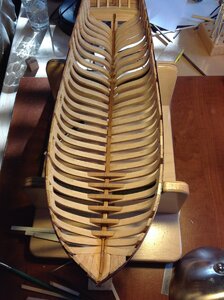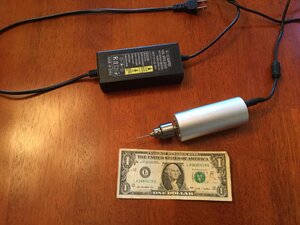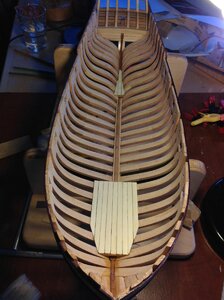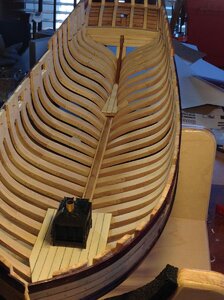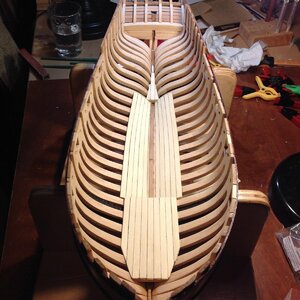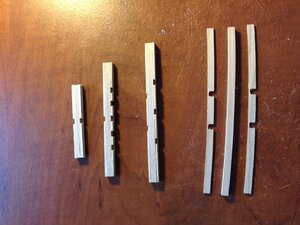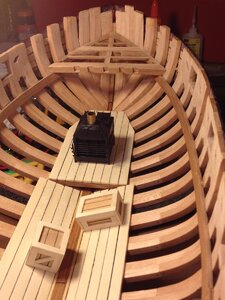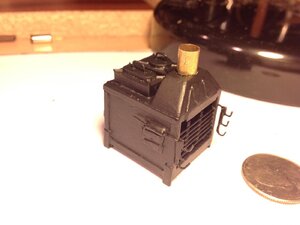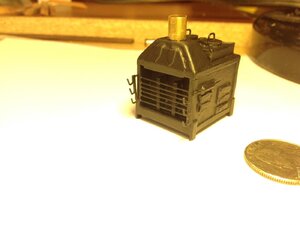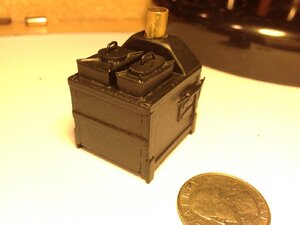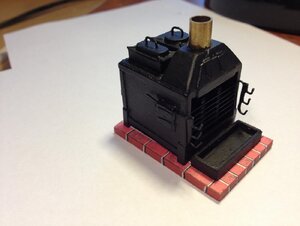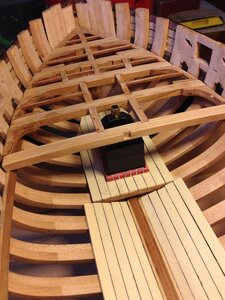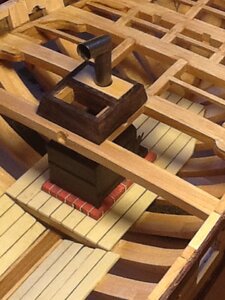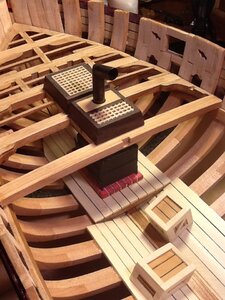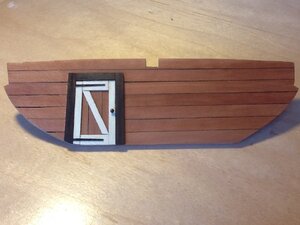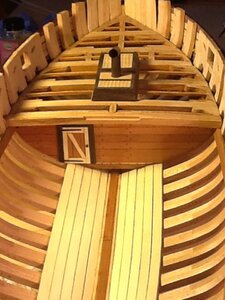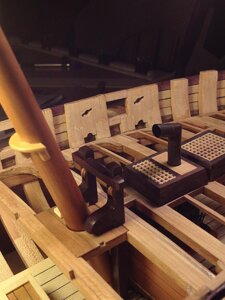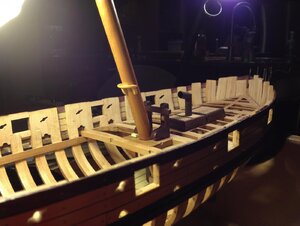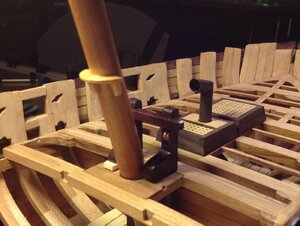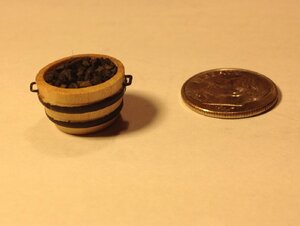Thanks, Guys!
All the full frames for the sloop have been beveled and fit in place. I laid a plank across the framing both inboard and outboard and it looks like there will be very little fairing to be done because of the pre-beveling of the frames before installation. That's a relief!
The only mistake so far: I installed frame H backwards, with the floor facing forward instead of aft. The beveling is all correct...I just got a little confused when laying out the bevel pattern. I'm not rebuilding the frame, because I'm not expecting my build to be examined by an expert in historic naval architecture.
View attachment 164694View attachment 164695
